Optimal Timing for Siding Service
Choosing the optimal time for siding service depends on various factors such as weather conditions, temperature, and the scope of work. Proper timing ensures quality installation and durability of the siding material. Typically, mild weather with low humidity is ideal for siding projects, preventing issues like warping or improper adhesion.
Spring offers moderate temperatures and longer daylight hours, making it suitable for siding projects. It allows for timely completion before summer heat or winter cold.
Summer can be a good time for siding, especially in regions with mild heat. However, high temperatures can affect adhesives and paint, requiring careful scheduling.
Fall provides cooler temperatures and dry weather, ideal for siding installation. It also provides ample time for curing before winter.
Winter is generally less suitable due to cold temperatures and potential snow or rain, which can hinder installation and compromise material integrity.

Spring weather conditions are ideal for siding installation, providing optimal temperature and moisture levels.
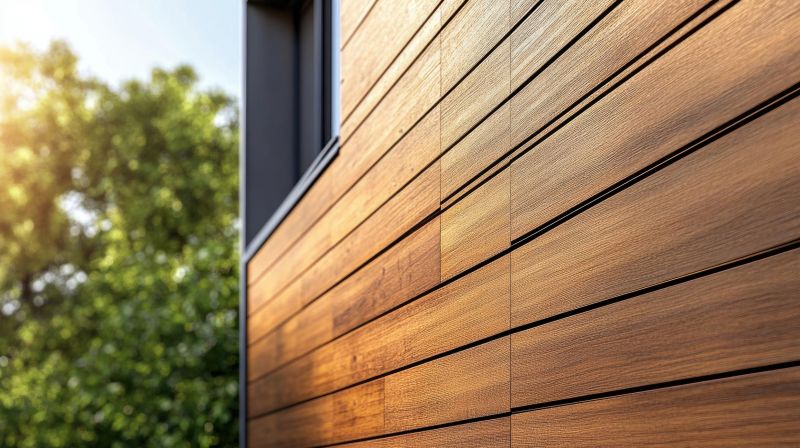
Summer offers longer days and warmer weather, suitable for siding projects with proper planning.
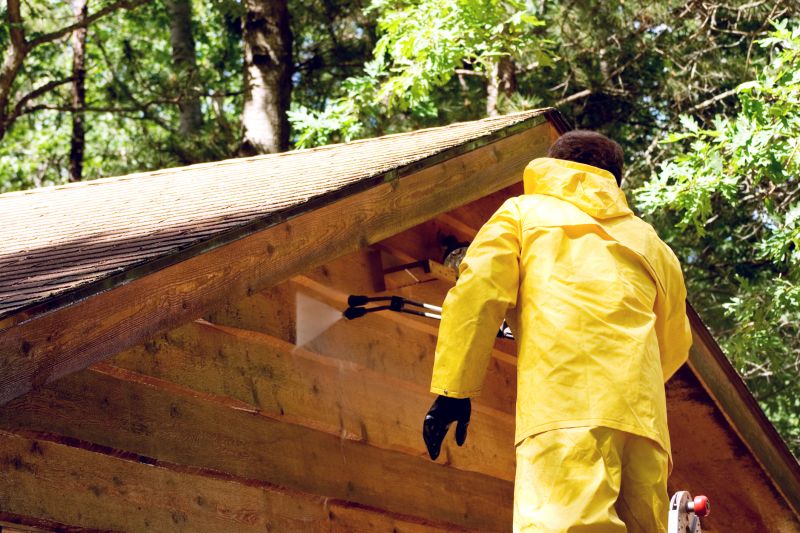
Fall provides cooler, dry conditions that are perfect for siding installation and preparation for winter.

Ways to make Siding Service work in tight or awkward layouts.

Popular materials for Siding Service and why they hold up over time.
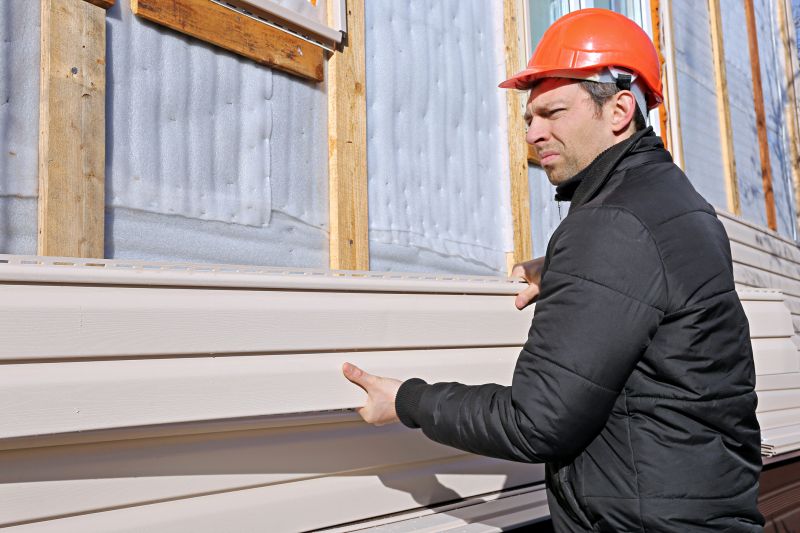
Simple add-ons that improve Siding Service without blowing the budget.
| Season | Ideal Conditions |
|---|---|
| Spring | Moderate temperatures, low humidity, and longer daylight hours |
| Summer | Warm weather with careful scheduling to avoid heat extremes |
| Fall | Cool, dry weather ideal for installation |
| Winter | Cold temperatures and potential precipitation make it less suitable |
Siding service involves the installation, repair, or replacement of exterior siding materials, which protect buildings from weather elements and enhance curb appeal. Proper timing is crucial to ensure the siding performs effectively and maintains its appearance over time.
Statistics indicate that scheduling siding projects during favorable weather can reduce delays and prevent material damage. For example, projects completed in spring and fall tend to have higher success rates due to optimal conditions, resulting in longer-lasting results and fewer callbacks.

Proper timing ensures efficient installation and adherence to manufacturer guidelines.

Choosing the right time helps in selecting suitable materials for the climate.
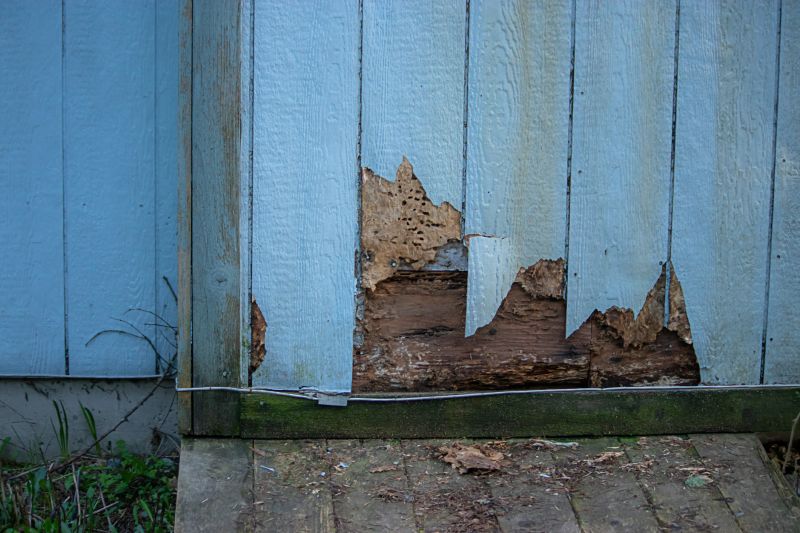
Weather conditions directly affect siding durability and installation quality.
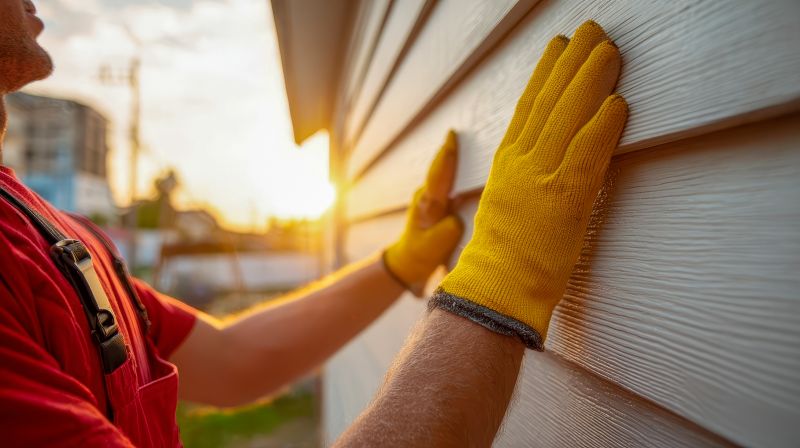
Timing allows for proper site preparation and scheduling with contractors.
Contact for Siding Service
Interested in scheduling siding service? Filling out the contact form provides an opportunity to discuss project details and receive tailored recommendations based on local weather patterns and material options.


